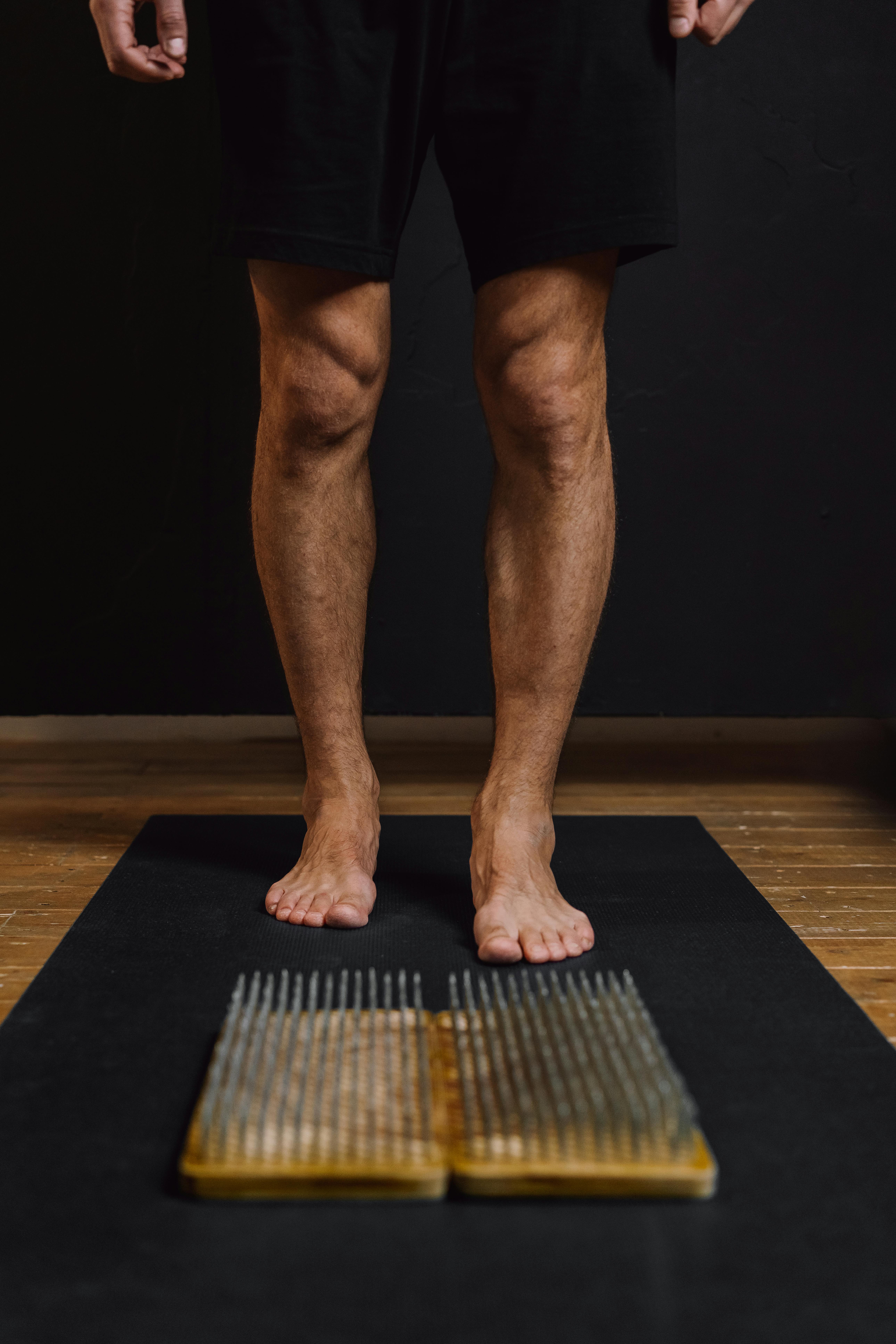Wet Carpet Smell Health Risk: What You Need to Know
A musty, wet carpet smell might seem like a minor annoyance, but it can signal a much deeper problem with serious health consequences. As more homes experience flooding, leaks, and poor ventilation, understanding the dangers behind these smells is crucial. In this guide, you’ll learn how wet carpets affect your health, how to manage them, and steps to prevent future issues for a safer living space.

Understanding the Fundamentals
At its core, a wet carpet smell is often caused by moisture trapped in carpet fibers, creating an ideal environment for mold and bacteria to thrive. Over time, these microorganisms release foul-smelling gases and harmful spores into the air.
This issue is more than unpleasant—it’s a significant contributor to poor indoor air quality. Think of your carpet as a sponge; once soaked, it becomes a breeding ground for harmful pathogens, just like food left out too long.
1.1 The Science of Odors and Mold
Wet carpet smells are primarily due to microbial volatile organic compounds (MVOCs) produced during mold metabolism. Studies show that exposure to mold spores, particularly in damp environments, can cause respiratory problems, especially in children and the elderly.
Common molds such as *Aspergillus* and *Penicillium* flourish in carpets and release spores that trigger allergic reactions, asthma attacks, and long-term lung issues if not promptly treated.
1.2 Health Impact of Prolonged Exposure
Unlike a one-time sneeze, prolonged exposure to a wet carpet smell health risk includes chronic issues like sinus infections, fatigue, and cognitive difficulties. Compared to seasonal allergies, mold-related health symptoms persist year-round and intensify over time.
Case studies have linked damp indoor environments to Sick Building Syndrome (SBS), a condition recognized by the EPA and WHO that includes symptoms like headaches, dizziness, and difficulty concentrating—often caused by mold toxins in carpets.
Practical Implementation Guide
Now that the dangers are clear, it’s time to take action. Addressing the wet carpet smell health risk means a combination of cleaning, drying, and preventive strategies. You’ll start seeing improvements in both odor and overall well-being within days.

2.1 Actionable Steps
- Immediate Drying: Use fans, dehumidifiers, and open windows to dry wet areas within 24–48 hours.
- Deep Cleaning: Apply a steam cleaner or professional carpet cleaner with anti-fungal agents.
- Moisture Monitoring: Install a hygrometer to track humidity and prevent future buildup.
2.2 Overcoming Challenges
Homeowners often face recurring smells even after cleaning. That’s typically due to hidden padding beneath the carpet or moisture within subflooring. Ignoring this can lead to toxic mold infestations.
Common obstacles include:
- Hidden leaks or plumbing issues
- Improperly dried cleaning attempts
- Failure to remove contaminated padding
Professional advice suggests using infrared cameras to detect hidden moisture and replacing padding if necessary. Always wear protective gear when dealing with mold-affected materials.
Advanced Applications
Beyond basic fixes, there are more advanced solutions for homes prone to moisture. These are especially useful in flood zones, basements, or humid climates where mold growth is a recurring issue.

3.1 Subfloor Sealing and Carpet Replacement
In cases where moisture has penetrated deep into the floor structure, sealing the subfloor with waterproof epoxy and replacing the entire carpet is the most effective solution. Data from home remediation specialists shows up to 90% reduction in reoccurring mold after subfloor sealing.
3.2 HEPA Air Filtration and HVAC Upgrades
Installing HEPA filters in HVAC systems significantly improves indoor air quality by trapping mold spores. When combined with UV-C light technology in ducts, it creates a hostile environment for bacteria and mold, reducing related health risks.
Future Outlook
As climate change increases humidity and flooding, more households will face wet carpet-related health risks. The home industry is responding with moisture-resistant carpets and AI-powered humidity control systems.
To stay ahead, homeowners should invest in smart home technology that automatically regulates ventilation and alerts users of rising moisture levels. Awareness and readiness will be crucial in the coming years.
Conclusion
To recap, here are three key takeaways:
- Wet carpet smells are a sign of potential mold and bacteria growth.
- They pose serious health risks including respiratory and cognitive issues.
- Early intervention and prevention are essential for long-term health and comfort.
If your home suffers from persistent odors or humidity, don’t ignore it. Act now to protect your family’s health. Consider professional inspections or replacing outdated materials. The air you breathe matters.
Frequently Asked Questions
- Q: What causes the wet carpet smell? Moisture trapped in the fibers allows mold and bacteria to grow, releasing unpleasant odors.
- Q: How do I get started with odor removal? Begin by drying the carpet quickly, then use a mold-specific cleaner or call a professional.
- Q: How long does it take to fix this? With the right approach, odor can be eliminated within 2–5 days. Deep infestations may take longer.
- Q: What’s the cost of treatment? Basic cleaning costs $100–$300, while full carpet replacement or subfloor treatment can exceed $1,000.
- Q: Should I replace or clean my carpet? If the smell persists after deep cleaning or if mold is visible, replacement is often safer.
- Q: Is this something I can DIY? Light cases can be handled at home, but persistent issues or large areas should be handled by professionals.
- Q: How does this affect offices or schools? Poor air quality in shared spaces increases illness, lowers productivity, and may violate health codes.
